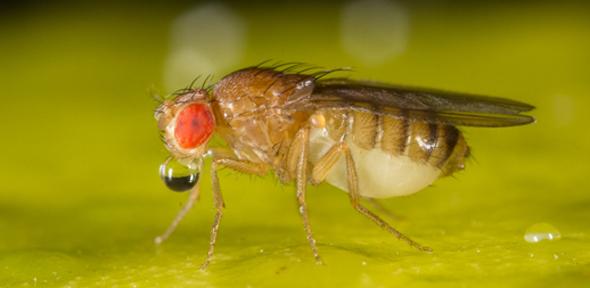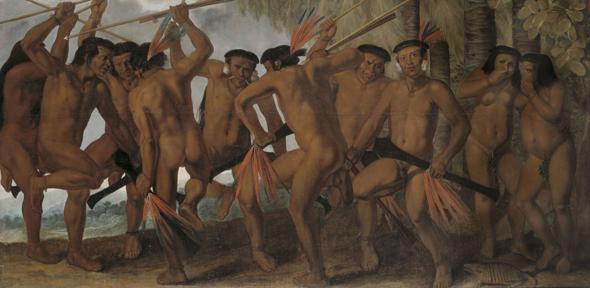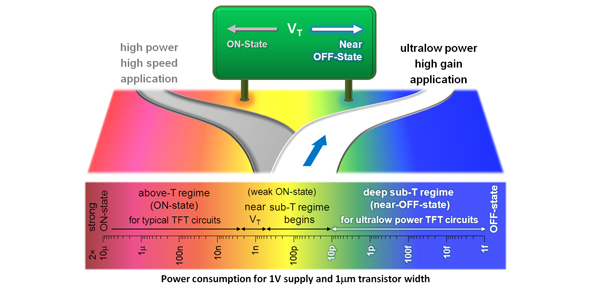
In an article in the journal Nature Reviews Clinical Oncology, a team of researchers jointly led by the University of Cambridge and University College London reviewed current evidence from 26 peer-reviewed studies and 6 online reports from 7 countries. The evidence indicates that emergency diagnosis of cancer is a universal problem, challenging previous assumptions regarding this issue being a particular problem only in the UK.
Looking at prognosis alone, the researchers reviewed evidence that showed that patients diagnosed with colorectal cancer at emergency presentation had a 50% one year survival rate, compared to 82% for patients diagnosed electively - in other words, following a GP referral to a specialist. Similarly, for lung cancer the respective survival rates were 12% versus 40%. This was in part because cancer diagnosed at emergency care was more likely to be at an advanced stage. However, this was not the full story: even when patients presented with tumours of the same disease stage they still had a worse prognosis if they were diagnosed in emergency care, possibly because of problems in the quality of their management out-of-hours, or because they have more aggressive disease on a stage-for-stage basis.
In the UK, about three in 10 emergency presenters are referred to hospital emergency services by their family doctors, but others self-present to accident and emergency departments. Patients at both ends of the age spectrum – the youngest and the oldest – were most likely to have their cancer diagnosed in emergency contexts. Differences between genders were unclear – and vary for different types of cancer.
However, the review found particular inequalities between socioeconomic groups. Although the evidence came only from studies looking at colorectal and lung cancer, it found that people from more deprived backgrounds were at a greater risk of being diagnosed at emergency care. The same was true for people of Asian ethnicity in the UK and African-Americans in the USA.
First author Dr Yin Zhou from the Primary Care Unit at the University of Cambridge, who led the study, says: "The earlier an individual can get a diagnosis of cancer, the better the prognosis and the options for treatment. When the first time their cancer is identified is when it becomes an emergency, the prognosis is much worse.”
Dr Georgios Lyratzopoulos, who instigated and coordinated the collaboration, based at the Department of Epidemiology and Public Health, University College London adds: "A substantial minority of cancer patients who are diagnosed as emergencies do not seem to have had prior contact with the formal healthcare system; we need to find out why they are not seeking medical help sooner. Is it because they are unaware of any symptoms until too late, or is it because they do not think the symptoms are a sign of a more serious problem?"
The researchers found that the evidence points towards developing new screening methods and improving participation in existing screening programme as one possible way to reduce emergency presentations in the medium to longer term. For example, based on indirect evidence in one geographical region in the UK, the introduction of faecal occult blood test in the UK is likely to have reduced the proportion of patients with colorectal cancer diagnosed as emergencies by half between 1999 and 2004.
"What was clear from our review," adds Dr Zhou, "is how little data there is available about emergency diagnoses. What little data there is suggests that we're only seeing the tip of the iceberg and that this could be a much bigger problem, particularly in low and middle income countries."
A major part of the global evidence on emergency presentations (in terms of patient numbers) relates to English patients – thanks to the pioneering Routes to Diagnosis project and population-based data collected by the National Cancer Registration and Analysis Services of Public Health England.
Dr Anne Mackie, Director of Screening at Public Health England, said: “Screening has a vital role to play in identifying cancers at an early stage and getting people the right treatment as soon as possible, with better survival chances. Screening is always the person’s own choice and they should speak to their GP if they have any questions before deciding if screening is right for them.”
Reference
Zhou, Y et al. Diagnosis of cancer as an emergency: a critical review of current evidence. Nature Reviews Clinical Oncology; 11 Oct 2016; 10.1038/nrclinonc.2016.155
Too many patients – particularly those from disadvantaged backgrounds – are being diagnosed with cancer as medical emergencies, say researchers. This means that their chances of successful treatment are greatly reduced.

The text in this work is licensed under a Creative Commons Attribution 4.0 International License. For image use please see separate credits above.












































